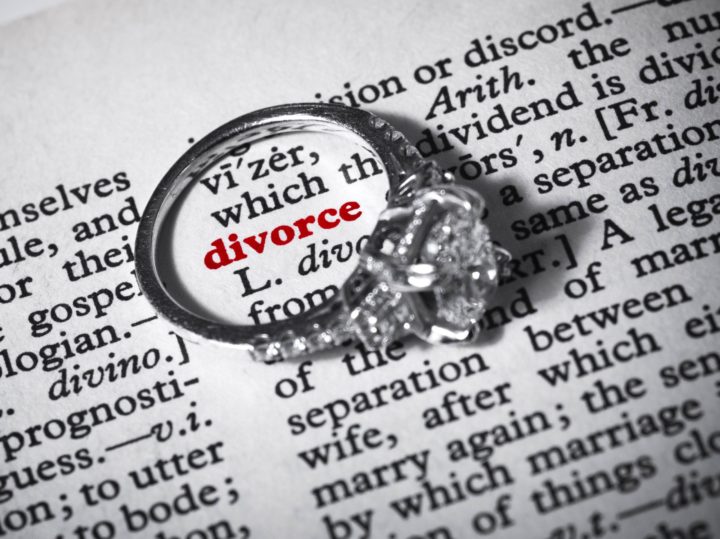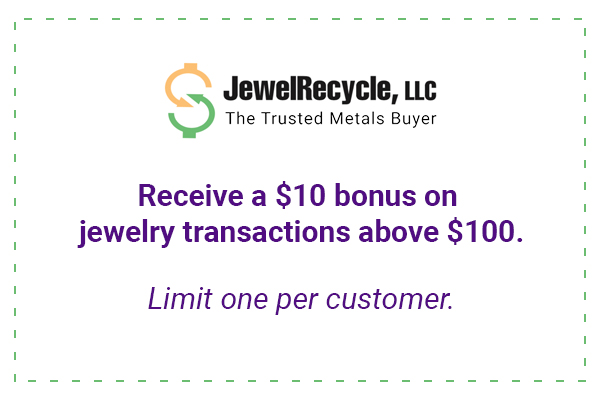If you have a diamond engagement ring to sell, you probably already have an idea of the price you think it ought to fetch. After all, you know the original purchase amount and the size of the diamond. You may even have a GIA report and an insurance appraisal to back it up. Your diamond engagement ring doesn’t just have lasting sentimental value — it has lasting monetary value, too. Right?
Unfortunately, it’s not quite so simple.
Even the most beautiful, well-preserved engagement rings lose a healthy portion of their retail value on the resale market. Whether your diamond engagement ring is a family heirloom or a painful symbol of a relationship gone sour, here’s what you need to know before you try to sell it.
Diamond Ring Resale Value: The True Worth of Pre-Owned Engagement Rings
Everyone understands that a brand new car will lose value the moment you drive it off the lot. But what most people don’t know is that the same principle applies to diamond bridal jewelry. In fact, most consumers have been primed to believe that buying a diamond ring is actually an investment — something that will hold value for years to come.
The three main reasons for this misconception are:
- Luxury retailers lead customers to believe diamond rings hold more value than they do. Salespeople at jewelry stores are trained to use words like “investment” and “value” in reference to diamond engagement rings. It’s true what they say: Engagement rings technically do “hold value” — just not the amount they want you to believe.
- Insurance appraisals. Did you have your engagement ring appraised for insurance purposes? If so, the appraised value was probably comparable to the amount your fiancé spent at the time of your item’s purchase. If your engagement ring appraised at $5000, then you likely assumed it would be worth something close to that amount on the secondary market. However, an appraisal doesn’t reflect your engagement ring’s inherent value on the open market as a pre-owned item. Instead, it reflects the cost of purchasing a comparable ring at the fully inflated retail price — markup included.
- Sentimental value. Engagement rings are steeped with emotions. That’s bound to be true whether the ring you want to sell was your great-aunt’s or once belonged on your own finger. Most people place a lot of sentimental value in diamond engagement rings because of what they represent. In many cases, the personal value of an engagement ring may well be priceless. But the fair market value? That’s another thing entirely.
Why Do Engagement Rings Lose Resale Value so Quickly?
When you buy a new diamond ring on the luxury retail market, you pay luxury retail prices. And the truth is that the markup on engagement rings is exceptionally high. Mall jewelry chains charge the highest markups (and tend to carry lower-quality diamonds, to boot).
Even if your engagement ring has never been worn, it turned into a pre-owned or used diamond ring the moment it left the store. When you go to sell your ring, you must sell it on the secondary or wholesale market. And the prices in the diamond resale market are totally different than the prices in the luxury retail market. Remember that big markup? It’s gone.
What does this mean? It means that the damage isn’t done when you go to sell a diamond ring. Unfortunately, the damage is done at the time of purchase. When it’s time to sell, the ring’s value is determined by the wholesale value of the parts that make up the ring.

What is My Used Diamond Engagement Ring Really Worth?
Your diamond engagement ring’s actual value on the resale market will vary depending on a number of factors.
However, the majority of engagement rings — those that were purchased for between $3000 and $5000 from a chain store — are often only worth ten to thirty percent of the initial purchase price. If your ring cost more than $10,000, or if your fiancé was an exceptionally smart deal shopper, then you might get up to 60 or even 70 percent of your ring’s purchase price. However, this is rare.
Other factors that will impact your ring’s value on the secondary market include:
- The 4 C’s. All diamonds, new and pre-owned, are at least partly assessed based on their cut, color, clarity, and carat weight. In addition, diamonds that are lab-grown or “laser drilled and fracture filled” are not as valuable as natural diamonds. “Drilled and filled” diamonds have been drilled to remove naturally occurring inclusions and filled with a clear substance so that they appear more pristine. Many consumers are not aware that they own a diamond treated with this method.
- Your diamond’s shape. Different diamond cuts go in and out of style over time. Marquise and princess-cut diamonds are currently less sought after and fetch lower prices than round diamonds and other, more fashionable cuts. Cut quality is another very important variable in determining a stones beauty, and value.
- The ring’s condition. Is your diamond chipped or nicked? Are the prongs on the ring worn down? As with any pre-owned item, the condition of your ring will impact its current price.
- The diamond’s provenance. A diamond with a recorded provenance will be valued higher than a diamond without. Your diamond may have come with a GIA report certifying its authenticity and describing its characteristics and weight. It may also have been laser-inscribed with a unique code, much like a vehicle’s VIN number. Rings from highly desirable brands like Tiffany and Cartier are also more valuable on the secondary market.
Ready to Sell Your Diamond Engagement Ring?
The good news is that your diamond engagement ring does have value on the secondary market, even if it’s not as much as you’d initially hoped.
If you’re ready to sell your diamond engagement ring, we’d love to help. When you come to JewelRecycle, our highly trained staff will assess your diamond engagement ring using our simple and transparent process and make you a fair, pressure-free offer. It’s fast and easy — and no appointment is necessary.




